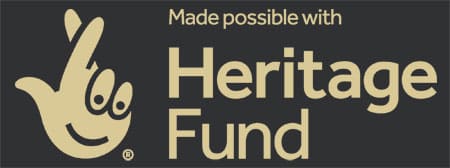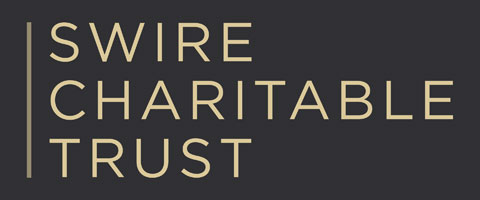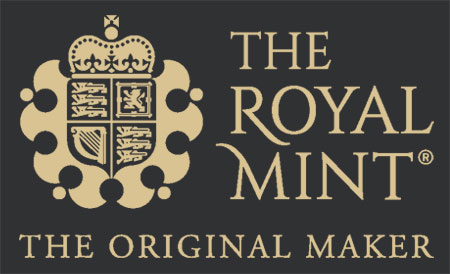Tradition has it that the Normans brought the umbrella to England with them (presumably some sort of canopy regalia) in 1066, but there is nothing very tangible to support this.
It is often claimed that umbrellas were introduced to England by Jonas Hanway about 1750, but this is definitely not correct. They are mentioned in Gays Trivia, The Art of Walking the Streets of London, published in 1712 and also in the Female Tattler for December 12 1709. But Jonas Hanway was the first Englishman to carry an umbrella regularly. He was pelted by coachmen and chairmen for his persistence, since they saw this craze could endanger there own means of livelihood.
At this time, umbrellas were very heavy, ungainly things made with whalebone or cane ribs, mounted on a long, stout stick of about one inch in diameter and covered with a heavy cotton fabric, waterproofed by oiling or waxing.
By 1787 the umbrella had achieved some considerable measure of popularity within a short period of time and the French ladies umbrellas had achieved remarkable elegance, and on the continent they were used as much as a sunshade as protection from rain. And it is from this period and via the sunshade that umbrellas began to develop into something lighter and more graceful.
Between 1816 and 1820 men’s umbrellas had again reached a weight of over four pounds, but ladies umbrellas continued to be much lighter, weighing less than one pound. This was partly due to the use of finer fabric of silk and by the substitution of light iron stretchers, but, in general, umbrellas in this country, until the middle of the last century, were made with ribs of whalebone for the best quality and of split cane for the cheaper quality. In the late 1800s came the development of steel ribs and frames, and so the modern umbrella was born.
Samuel Fox patented the first viable steel rib in 1847 around the same time that Singer started making sewing machines so the industry was revolutionised by the mid 1800s; no more hand sewing the canopies or heavy whalebone.






